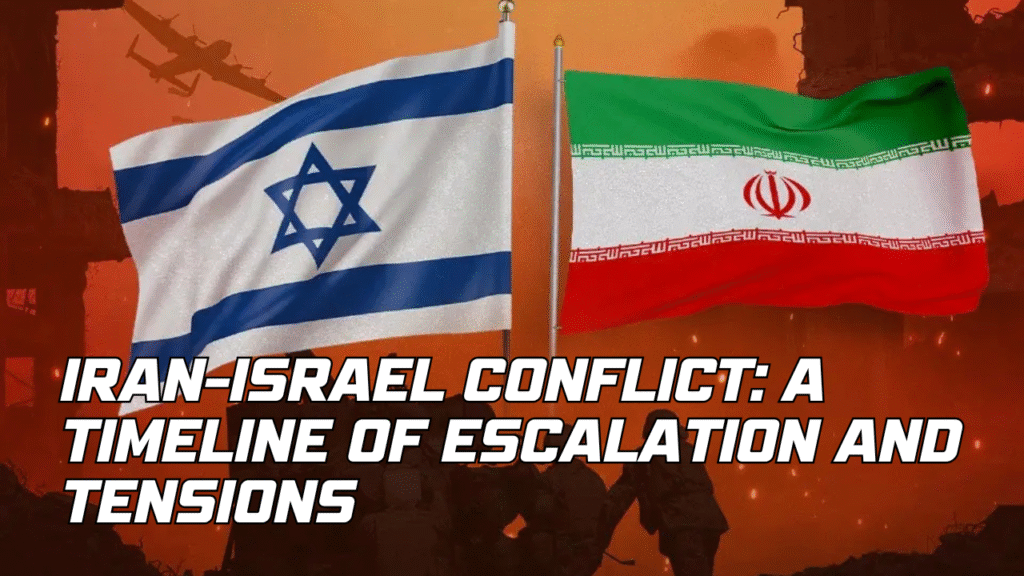Introduction
The recent Iran-Israel conflict, marked by missile exchanges between Tehran and Tel Aviv, highlights the critical role of ballistic missiles and air defense systems like Israel’s Iron Dome. Iran’s ballistic missile program, overseen by the Islamic Revolutionary Guard Corps (IRGC), and Israel’s advanced defense technology are central to the escalating tensions. This blog post examines the technical and strategic aspects of these systems, their impact on the conflict, and the broader implications, drawing on sources like CNN and NBC News.
Iran’s Ballistic Missile Program
Iran’s ballistic missile arsenal, developed under the IRGC’s aerospace division, is one of the largest in the Middle East. Until his death in Israel’s June 2025 strikes, General Amir Ali Hajizadeh led this program, which includes short- and medium-range missiles capable of reaching Israel, approximately 1,800 kilometers away. On June 13-14, 2025, Iran launched over 200 ballistic missiles and drones targeting Tel Aviv and Jerusalem in retaliation for Israel’s strikes on its nuclear and military sites. While many were intercepted, some missiles struck civilian areas, killing at least three in Rishon LeZion and damaging buildings in Ramat Gan. Iran’s state media, IRNA, claimed these attacks were the “beginning” of a broader response.
Israel’s Iron Dome: Strengths and Limitations
Israel’s Iron Dome, a mobile air defense system, is designed to intercept short-range rockets, missiles, and drones. It uses radar-guided interceptors to neutralize incoming threats, achieving a reported 90% success rate against rockets. During Iran’s missile barrage, the Iron Dome intercepted most projectiles, but some penetrated, causing casualties and damage in Tel Aviv and its suburbs. NBC News described Iran’s attack as “one-dimensional,” suggesting the Iron Dome’s effectiveness against ballistic missiles, but its capacity was tested by the sheer volume of Iran’s attack.
Strategic Dynamics
Iran’s missile strategy relies on overwhelming defenses with large salvos, while Israel uses the Iron Dome to maintain a defensive edge. The June 2025 attacks exposed vulnerabilities, as Iran’s missiles caused significant damage despite interceptions. Israel’s retaliatory strikes targeted Iran’s missile production facilities, aiming to cripple its offensive capabilities. However, Iran’s appointment of General Majid Mousavi to lead the IRGC’s aerospace division suggests continued missile development.
Civilian Impact
The missile exchanges have had devastating civilian consequences. In Tehran, an Israeli strike on a residential complex killed 60 people, including 20 children, according to Iranian state TV. In Israel, missile strikes in Rishon LeZion and Ramat Gan killed three and injured dozens, with homes and buildings destroyed. These incidents highlight the indiscriminate nature of missile warfare, even with advanced defenses like the Iron Dome.
Conclusion
Ballistic missiles and the Iron Dome are pivotal in the Iran-Israel conflict, shaping both offensive and defensive strategies. While Iran’s missile barrages test Israel’s defenses, Israel’s targeted strikes aim to neutralize Iran’s capabilities. The ongoing tit-for-tat attacks underscore the need for diplomatic efforts to prevent further escalation and civilian suffering.

